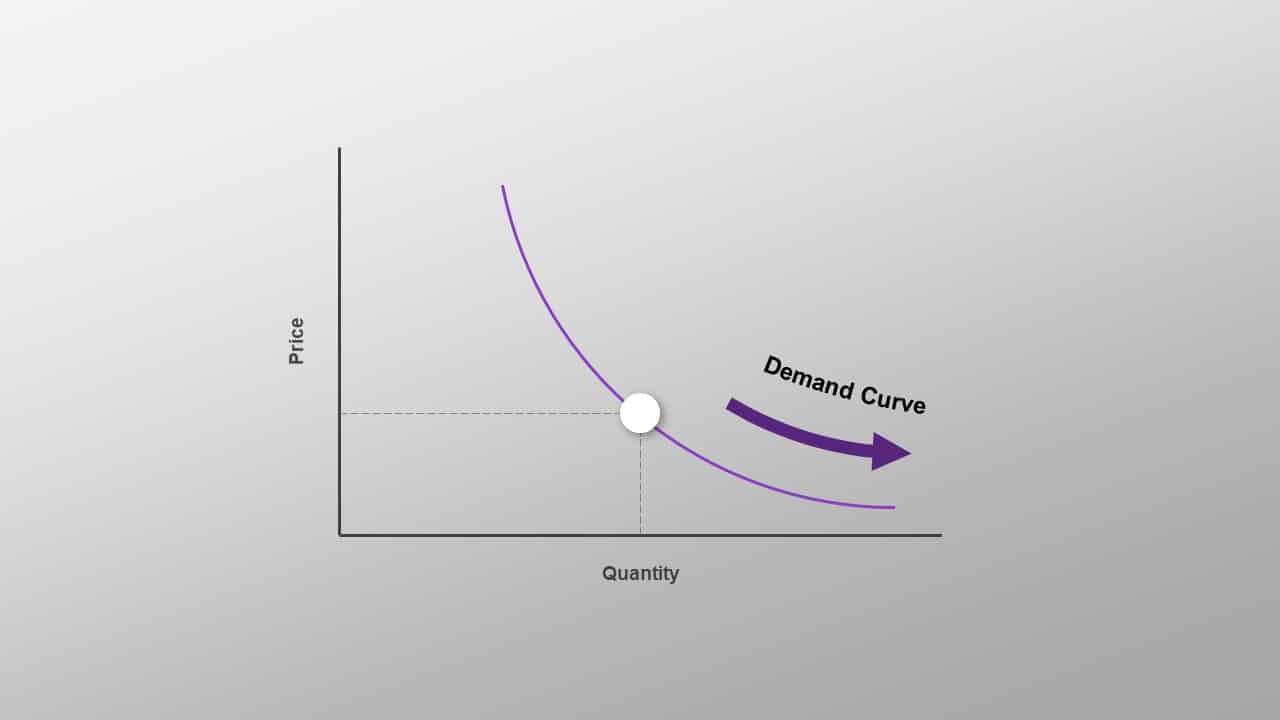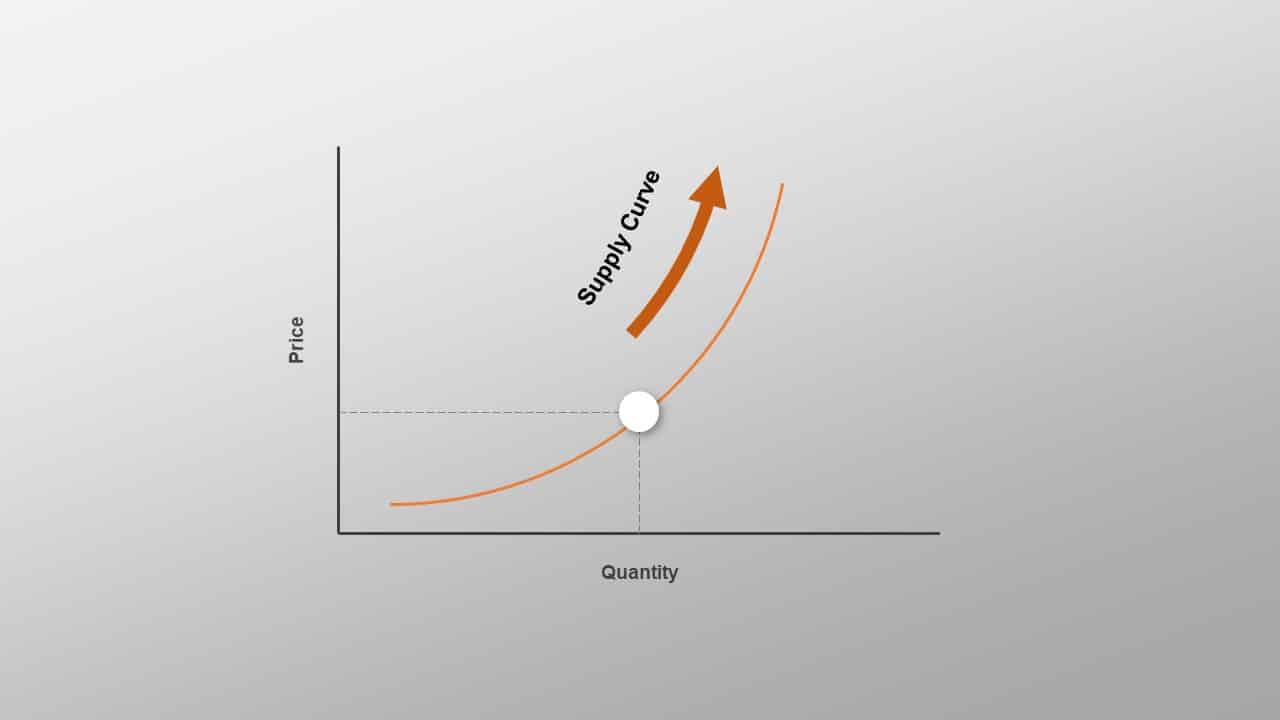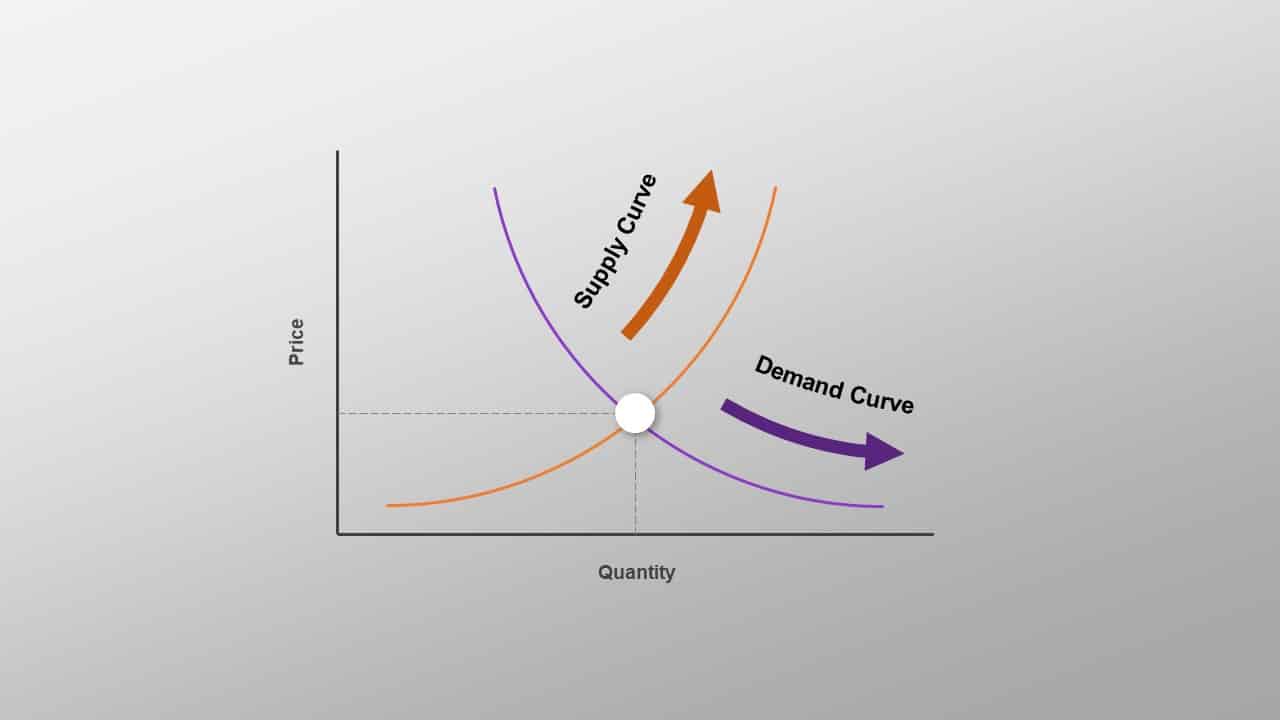How does the law of supply and demand affect your product marketing?

Supply and demand of a product is determined by how many people want for that product. The law of supply and demand is an economic theory that describes how supply and demand are connected to each other and how that relationship affects the price of goods and services. It’s a fundamental economic principle that when supply exceeds demand for a product or service, prices fall. When demand exceeds supply, prices tend to increase.
Key points
- How many things are available vs how many people want them;
- Demand can increase rapidly but supply takes time;
- Equilibrium is the most efficient distribution of resources – when the number of goods supplied is equal to the number of goods in demand.
- One of the most basic, supply is how much of a good/service is on offer in a market.
- Demand is how much of the goods/services the market wants to buy.
The quantity supplied and the quantity demanded is the key factor that determines your product marketing. The term marketing embracing the total process of your sales efforts this contains different parameters including quality of the product and the strategies of pricing and advertising etc. However, the demand curve of the goods is the most influential factor in determining your product marketing. If the demand for product lowers, you can’t meet your sales targets. That is why; demand creation becomes the most important strategy of marketing.
Understanding the law of supply and demand
The law of supply and demand, one of the most elementary economic laws, links into almost all economic principles in some way. Most of the cases, supply and demand pull against each other until the market finds an equilibrium price. However, multiple factors can affect both supply and demand, causing them to increase or decrease in several ways.

There is an opposite relationship between the supply and prices of goods and services when demand is unmoved. If there is an upsurge in supply for things and services while demand remains the same, prices tend to decrease to a lower equilibrium price and a higher equilibrium quantity of goods and services. If there is a reduction in the supply of product/services while demand leftovers the same, prices have a tendency to increase to a higher equilibrium price and a lesser quantity of goods and services.
The same opposite relationship holds for the demand for goods/services. However, when demand upsurges and supply keep at the same, the higher demand leads to a higher equilibrium price and vice versa.
The law of demand refers that, if all other elements remain equal, the higher the price of a good, the fewer people will demand that good. In other words, the higher the price, the lower the number demanded. The quantity of a product that buyers acquire at a higher price is less because as the price of a product upsurge, so does the opportunity cost of buying that good. As a consequence, people will logically avoid buying a product that will force them to forgo the consumption of something else they value more.
Similar to the law of demand, the law of supply proves the quantities that will be sold at a certain price. But dissimilar to the law of demand, the supply relationship displays an ascending slope. This means that the higher the price, the higher the amount supplied. Manufacturers supply more at a higher price because selling a higher quantity at a higher price raises income.
Inverse to the demand relationship, the supply relationship is a factor of time. Time is vital to supply because suppliers must, but cannot always, react instantly to a change in demand or price. So it is important to try and determine whether a price change that is caused by demand will be short-term or lasting.

click for PowerPoint templates
For example, if there is a sudden increase in the demand of price for woollen jackets in an unexpected winter season; suppliers may simply accommodate demand by using their production equipment more intensively. If, however, there is a climate change, and the population will need woollen jackets year-round, the change in demand and price will be projected to be long term; suppliers will have to revolutionize their machinery’s and production facilities in order to meet the long-term levels of demand.
Shifts vs. Movement
In economics, the “movements” and “shifts” have an indispensable relation to the supply and demand curves represent very different market phenomena.
A movement mentions a change along a curve. On the demand curve, a movement refers to a change in both price and number demanded from one point to another on the curve. The movement denotes that the demand relationship remains steady. Hence, a movement along the demand curve will arise when the price of the product changes and the quantity demanded changes in accordance with the original demand relationship. In other words, a movement occurs when a variation in the quantity demanded is caused only by a change in price, and vice versa.
Similar to a movement along the demand curve, a movement along the supply curve mentions that the supply relationship remains steady. Therefore, a movement along the supply curve will arise when the price of the product changes and the mass supplied changes in accordance with the original supply relationship. In other words, a movement happens when a change in quantity supplied is caused only by a change in price, and vice versa.

create a business presentation with PowerPoint images
In the meantime, a shift in a demand or supply curve arises when a product’s quantity demanded or supplied changes even though price remains the same. For instance, if the price for a bottle of soft drink was $2 and the quantity of soft drink demanded increased from Q1 to Q2, then there would be a shift in the demand for a soft drink. Shifts in the demand curve suggest that the original demand relationship has changed, meaning that quantity demand is influenced by a factor other than price. A shift in the demand relationship would arise if, for example, soft drink suddenly became the only type of drink that have to lighten intoxicated properties available for consumption.
On the contrary, if the price for a bottle of soft drink was $2 and the quantity supplied decreased from Q1 to Q2, then there would be a shift in the supply of soft drink. Similar to the shift in the demand curve, a shift in the supply curve suggests that the original supply curve has transformed, meaning that the quantity supplied is effected by a factor other than price. A shift in the supply curve would happen if, for example, a natural disaster caused a mass shortage of journeys; soft drink manufacturers would be forced to supply less soft drink for the same price.
How Do Supply and Demand Form an Equilibrium Price?
The equilibrium price is the price at which the manufacturer can sell all the units he desires to produce and the buyer can buy all the units he desires.
At any given point in time, the supply of a product brought to market is stable. In other words, the supply curve, in this case, is a vertical line, while the demand curve is always downward slanting due to the law of diminishing marginal utility. Vendors can charge no more than the market will bear based on consumer demand at that point in time. Over time, however, suppliers can increase or decrease the quantity they supply to the market based on the price they anticipate to be able to charge. So over time, the supply curve slopes upward; the more suppliers anticipate to be able to charge, the more they will be willing to create and bring to market.
With an increasing sloping supply curve and a descending sloping demand curve, it is easy to visualize that at some point the two will crisscross. Meanwhile, the market price is adequate to induce suppliers to bring to market that same quantity of goods that customers will be ready to pay for at that price. Supply and demand are stable or in equilibrium. The exact price and quantity where this happens be subject to on the shape and position of the particular supply and demand curves, each of which can be influenced by a number of issues.
Factors Affecting Supply
Production capacity, production expenditures such as labour and materials, and the number of competitors directly affect how much supply businesses can create. Additional factors such as material availability, weather, and the reliability of supply chains also can affect supply.
Factors Affecting Demand
The number of available alternates, consumer choices, and the shifts in the price of complementary products affect demand. For example, if the price of soft drinks drops, the demand for soft drinks may increase as more people buy the drink and like to carry with them.


